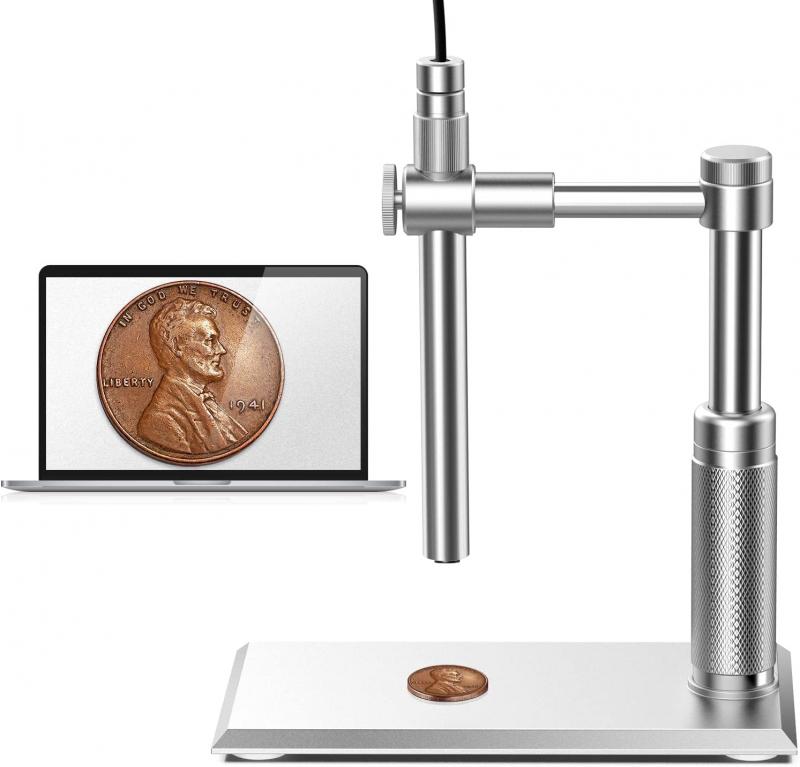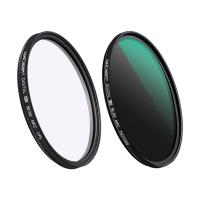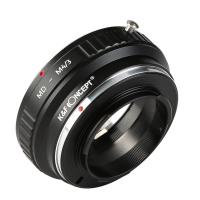Can You See Sperm Under Microscope ?
Yes, sperm can be seen under a microscope.
1、 Sperm morphology
Yes, you can see sperm under a microscope. Sperm morphology refers to the size, shape, and structure of sperm cells. By examining sperm under a microscope, scientists and fertility specialists can assess the quality and health of the sperm.
When observing sperm under a microscope, a high-powered magnification is typically used. This allows for a detailed examination of the sperm cells, including their head, midpiece, and tail. Abnormalities in sperm morphology can indicate potential fertility issues, such as low sperm count or poor sperm motility.
However, it is important to note that the ability to see sperm under a microscope does not provide a complete picture of fertility. While sperm morphology is one factor in assessing fertility potential, other factors such as sperm motility and sperm count also play a crucial role.
It is worth mentioning that the latest research in the field of sperm morphology has highlighted the importance of considering multiple factors when evaluating fertility. Recent studies have shown that even men with abnormal sperm morphology can still achieve successful pregnancies. This suggests that focusing solely on sperm morphology may not be sufficient in determining fertility potential.
In conclusion, yes, sperm can be seen under a microscope, and sperm morphology is an important aspect of assessing fertility. However, it is essential to consider other factors as well and consult with a fertility specialist for a comprehensive evaluation of fertility potential.

2、 Sperm motility
Yes, you can see sperm under a microscope. Sperm are microscopic cells that are typically viewed using a high-powered microscope. By preparing a semen sample on a microscope slide and using a technique called microscopy, scientists and medical professionals can observe and analyze sperm characteristics.
One of the key parameters examined when viewing sperm under a microscope is sperm motility. Sperm motility refers to the ability of sperm to move and swim effectively. It is an important factor in male fertility as it determines the sperm's ability to reach and fertilize an egg.
Under the microscope, sperm motility is assessed by observing the movement patterns of individual sperm cells. There are different categories of sperm motility, including progressive motility (forward movement), non-progressive motility (limited or erratic movement), and immotility (no movement). The percentage of motile sperm and the quality of their movement are important indicators of male fertility.
It is worth noting that advancements in technology have allowed for more detailed analysis of sperm motility. Computer-assisted sperm analysis (CASA) systems are now commonly used to provide objective and accurate measurements of sperm movement parameters. These systems use specialized software to track and analyze sperm movement, providing valuable information about sperm quality and fertility potential.
In conclusion, sperm can be seen under a microscope, and sperm motility is an important parameter that can be assessed through microscopic observation. The use of advanced techniques like CASA has further enhanced our understanding of sperm motility and its implications for male fertility.

3、 Sperm count
Yes, you can see sperm under a microscope. Sperm cells are microscopic in size, measuring about 50 micrometers long, and can be observed using a light microscope or a high-powered microscope. By preparing a semen sample on a glass slide and using a staining technique, the sperm cells become more visible and can be examined in detail.
Sperm count, on the other hand, refers to the number of sperm cells present in a given sample of semen. It is an important factor in assessing male fertility. A low sperm count, also known as oligospermia, can make it more difficult for a couple to conceive. The World Health Organization (WHO) defines a normal sperm count as having at least 15 million sperm per milliliter of semen.
It is worth noting that recent studies have shown a decline in sperm count over the past few decades. A comprehensive analysis published in the journal Human Reproduction Update in 2017 reported a significant decline in sperm concentration and total sperm count among men from North America, Europe, Australia, and New Zealand. However, it is important to interpret these findings with caution, as there is ongoing debate and further research is needed to fully understand the causes and implications of this decline.
In conclusion, sperm can be seen under a microscope, and sperm count is an important factor in male fertility. However, it is essential to consult with a healthcare professional for a comprehensive evaluation if you have concerns about sperm count or fertility.

4、 Sperm viability
Yes, you can see sperm under a microscope. Sperm cells are microscopic in size, measuring about 50 micrometers long, and can be observed using a light microscope. However, to get a clear view of sperm morphology and motility, a higher magnification microscope, such as a phase-contrast or differential interference contrast microscope, is often used.
When examining sperm under a microscope, several parameters can be assessed to determine sperm viability. These include sperm count, motility, morphology, and vitality. Sperm count refers to the number of sperm cells present in a given sample, while motility refers to the ability of sperm to move and swim in a forward direction. Morphology refers to the shape and structure of sperm cells, and vitality refers to their overall health and ability to fertilize an egg.
It is important to note that the ability to see sperm under a microscope does not necessarily indicate their viability or fertility potential. Sperm viability can be affected by various factors such as age, lifestyle choices, genetic abnormalities, and underlying medical conditions. Therefore, a comprehensive assessment of sperm health should involve more than just visual observation under a microscope.
In recent years, advancements in technology have allowed for more accurate and detailed analysis of sperm viability. Techniques such as computer-assisted sperm analysis (CASA) and sperm DNA fragmentation testing have been developed to provide a more comprehensive evaluation of sperm quality. These methods can provide valuable insights into sperm function and potential fertility.
In conclusion, while sperm can be seen under a microscope, visual observation alone is not sufficient to determine sperm viability. Additional tests and evaluations are necessary to assess sperm health accurately.





























There are no comments for this blog.